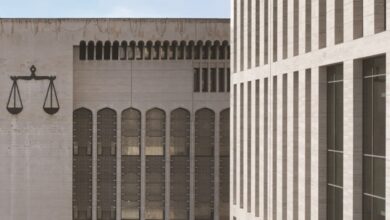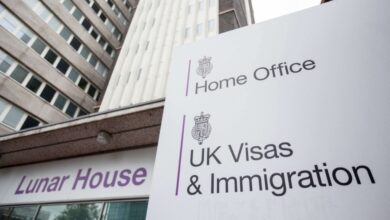
A massive 8.8-magnitude earthquake struck Russia’s Kamchatka Peninsula early Wednesday, triggering a tsunami that sent waves as high as 4 meters crashing into parts of the Russian Far East. The tremor, one of the strongest recorded in the region in recent years, prompted immediate tsunami alerts for Japan, Hawaii, Alaska, and the US Pacific Coast.
Japan’s Meteorological Agency initially reported the quake’s magnitude at 8.0, later revised to 8.8 by international seismological centers. The quake struck at 8:25 a.m. local time, roughly 250 kilometers east of Hokkaido, Japan’s northernmost main island. According to Japan’s NHK television, the shaking was only slightly felt there.
The U.S. Geological Survey (USGS) said the earthquake hit at a depth of 19.3 kilometers, with its epicenter located offshore in the Pacific Ocean near Kamchatka. The National Tsunami Warning Center issued tsunami warnings for parts of the Aleutian Islands in Alaska and watches across the West Coast of the U.S., including California, Oregon, and Washington, as well as Hawaii, according to news reports.
Footage from Russian coastal towns and Japan’s Hokkaido region showed sirens blaring, urging residents to move to higher ground. News agency AP confirmed that the tsunami struck parts of the Kuril Islands and Hokkaido, though no casualties or major damages have been reported yet.
In the U.S., former President Donald Trump addressed the nation via X (formerly Twitter), saying, “Due to a massive earthquake that occurred in the Pacific Ocean, a Tsunami Warning is in effect for those living in Hawaii. A Tsunami Watch is in effect for Alaska and the Pacific Coast of the United States. Japan is also in the way.
Despite being within potential reach of the tsunami, Japan has reported no significant damage so far. The Meteorological Agency issued an advisory for waves of up to 1 meter along its Pacific coast. Experts note that due to the quake’s distance, Japan may be spared major damage unless secondary waves are triggered.












